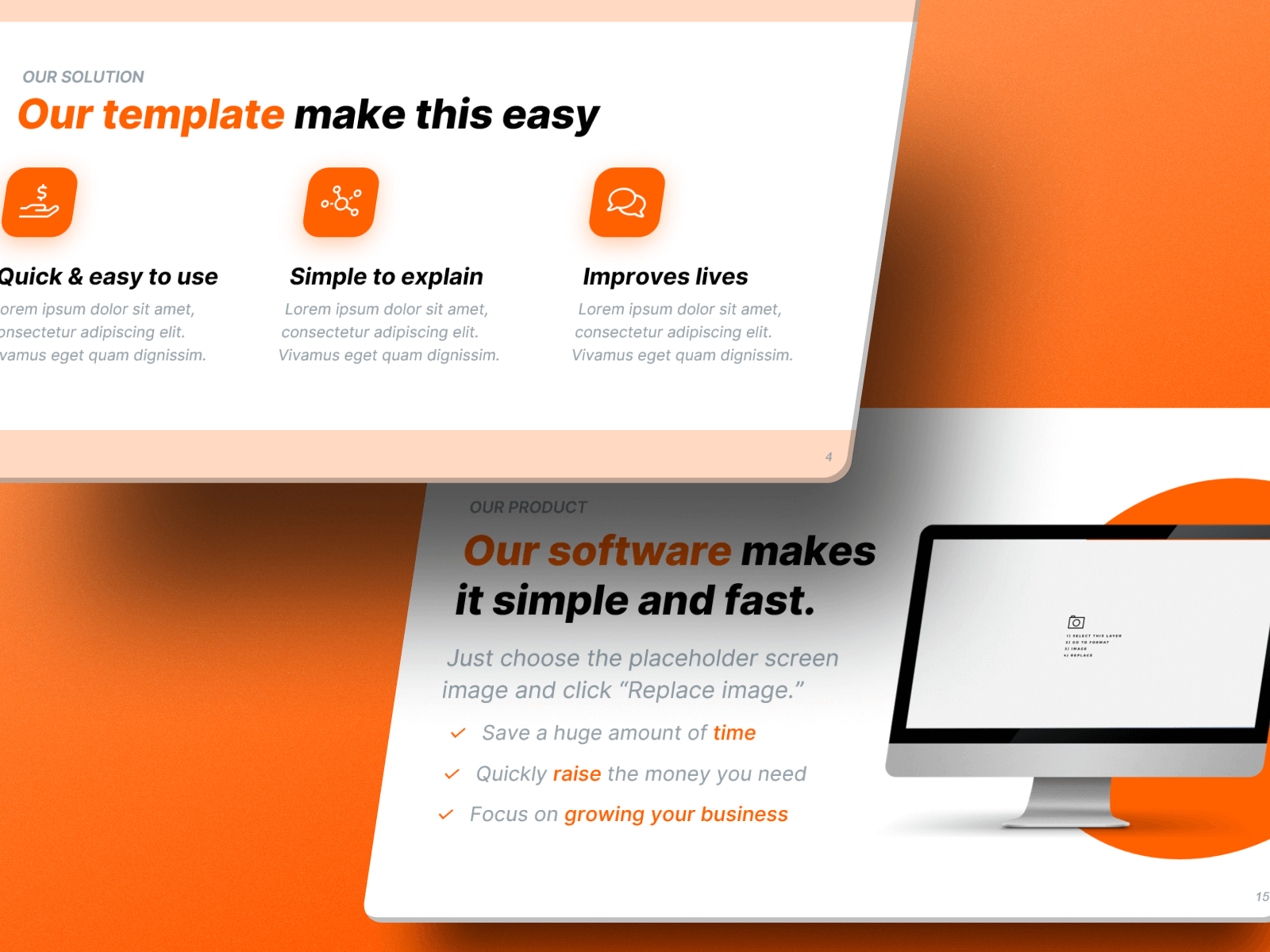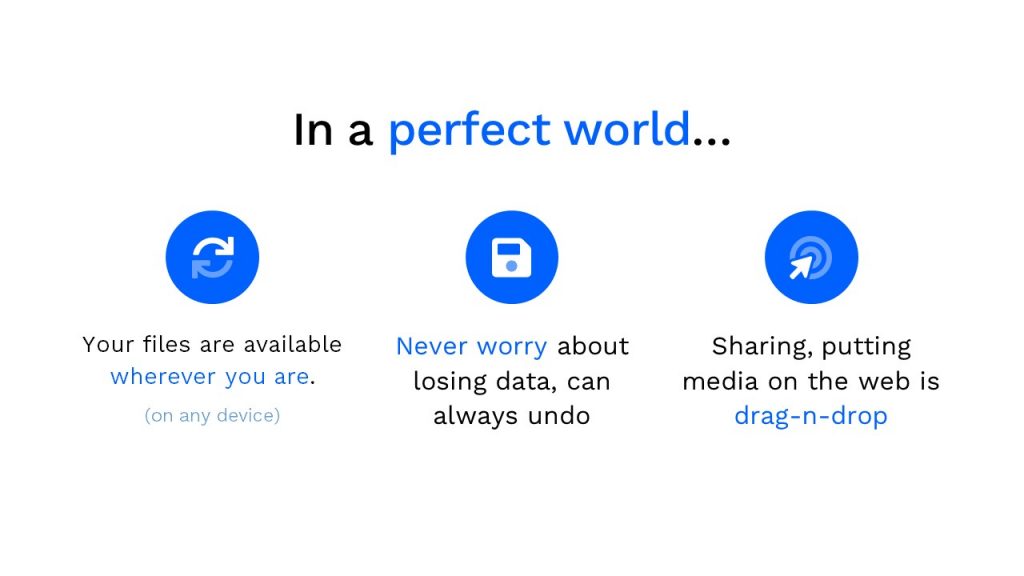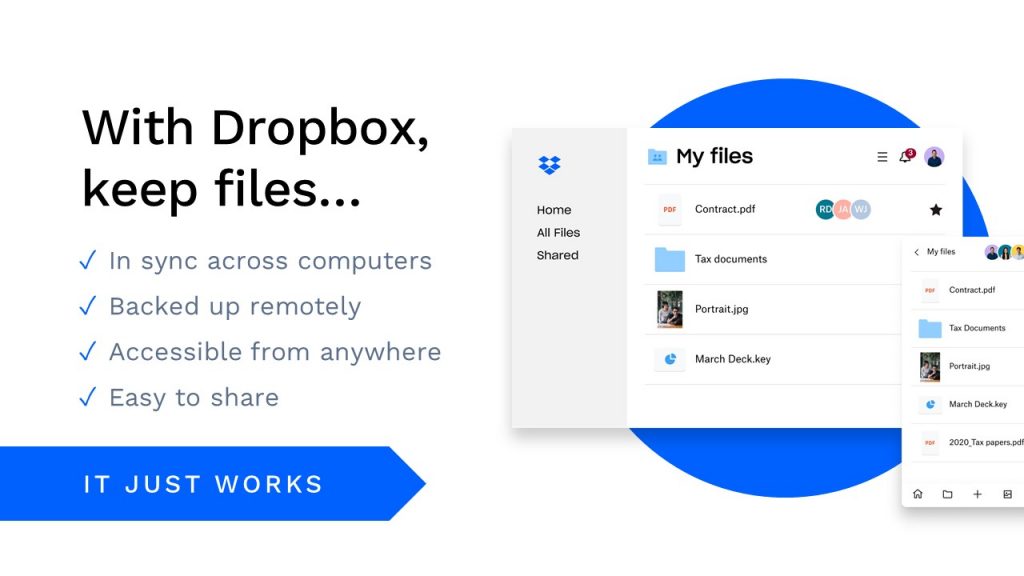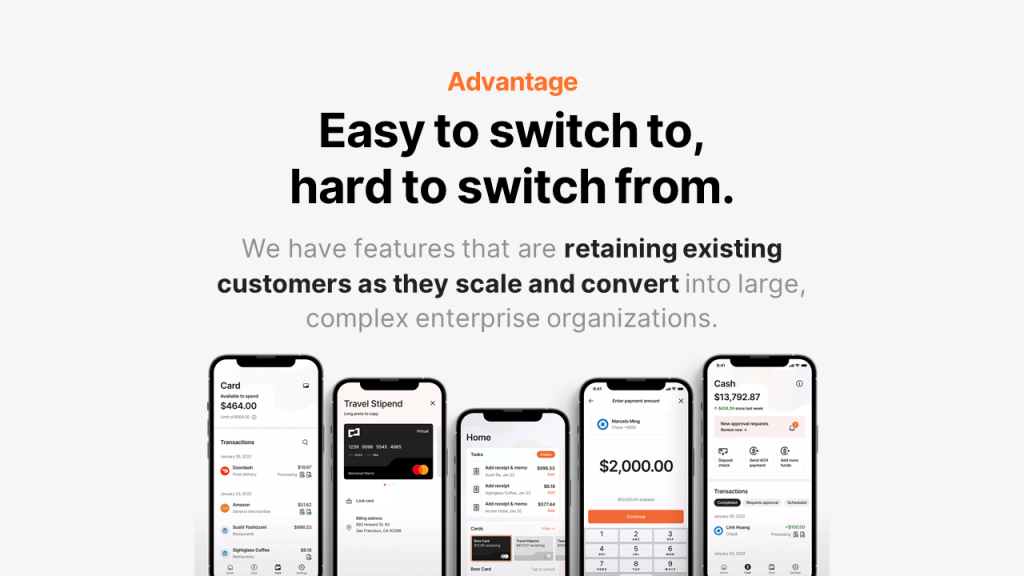When it comes to pitching your startup to potential investors, the quality of your pitch deck can make all the difference. While the product itself is undoubtedly the star of the show, a strong pitch deck is a crucial supporting actor, helping to convey your vision, market opportunity, and potential impact.
Creating a pitch deck that will let you effectively communicate the value of what you’re building is very simple: weave a compelling story about what’s wrong with the world, what the inevitable solution is, how your product happens to be that solution, and why your company will succeed.
Given that the solution and the product are the backbones of your pitch deck, it is important to understand the real difference between the solution and the product slide so you can put them together with the appropriate approach and content.
How is the solution slide different from the product slide?
Put very simply, your solution slide is the overarching strategy behind how you’re going to solve the problem. Your product slide covers exactly what you’ve built to implement that solution. An effective solution slide may not mention the product at all and instead focus on the approach to how you’re solving the problem.
Solution Slide |
Product Slide |
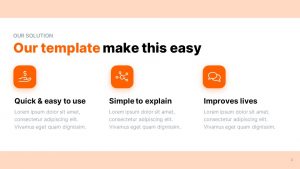 |
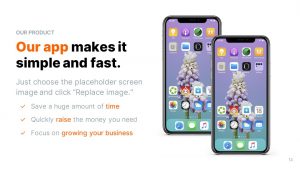 |
|
|
Let’s take a deeper look into the difference between the product & solution slides:
What to include in the solution slide:
The main goal of the solution slide is to present the unique solution to the problem detailed in the problem slide. This slide should communicate the core value proposition and demonstrate how your approach addresses a real need in the market. A well-designed solution slide should help investors understand the target market, the pain points of potential customers, and how the product or service addresses those pain points.
The solution slide should answer the following key solutions:
- What are some of the alternative solutions that people are using today?
- Why are they not working out for them?
- How is your solution better than the alternative solutions?
- Is there anything proprietary and unique?
The Dropbox pitch deck’s solution slides are a great example of how to address all these points in an investor presentation. Drew Houston, the CEO of Dropbox, shared an interesting story from when he was first raising funding for Dropbox. It went like this:
VC: “I know there are similar companies out there doing the same as Dropbox, why should I invest in just another similar company?”
Drew responded: “Yes. There are similar companies out there doing the same as Dropbox. But do you actually use any of them?”
VC: “No.”
Drew: “Why?”
VC: “Because they are bad.”
Drew: “Ok. That’s what Dropbox wants to solve.”
The goal of the solution slide should be to pre-empt this kind of conversation, so investors arrive at the “aha”-moment of their own accord.
What to include in the product slide:
The product slide typically showcases the features and benefits of a product or service, including its unique selling points and competitive advantages. This slide helps investors to understand the product or service being offered, how it works, and why it is valuable to potential customers. Because this slide talks about the actual product, including a demo or screenshot of the product can help better communicate how it works and visualize the customer experience.
The product slide should cover the following key questions:
- Clearly and concisely describe what the product does and how it solves the problem
- What are the key features of the product and how do they benefit the customer
- What is the product roadmap and how the product can evolve over time
- Showcase how great the UX is and why people love to use the product
See how Dropbox’s product slide differs from their solution slide below:
The Crowdbotics pitch deck’s product slide is a good example of this: it includes a concise description, explains how the product works, why the users love it, and who it is for. The Brex pitch deck is another example of how to design a punchy and easy-to-grasp product slide.
Key differences between the product slides vs. solution slides
To summarize, here’s what sets apart the product slide vs. the solution slide in a pitch deck:
Product slides typically focus on the features of the product and how it works, while solution slides typically focus on the benefits of the product and how it solves a problem for the target audience.
- Product slides typically focus on the features of the product and how it works, while solution slides typically focus on the benefits of the product and how it solves a problem for the target audience.
- The product slide focuses on specifics such as functionality and technical specification, while the solution slide speaks to the big picture and how it can create a meaningful impact for the users.
- The product slide is product-centric, meaning it helps investors understand the product itself and its capabilities. On the other hand, the solution is customer-centric and helps investors understand the market need and its potential influence.
- The product slides focus on “how it works”, which is important for assessing the technical viability of the product; the solution slides focus on “why it matters”, which is important for gauging the market need and success potential.
Key similarities between the product and solution slides
That said, there are several components that overlap between product and solution slides:
- Both product and solution slides focus on value proposition and benefits: in the product slide, the value proposition is presented in terms of functionality, while in the solution slide, the value proposition is presented with a broader focus on the solution as a whole.
- The product and the solution slide are designed to lead to the same target market: In a product slide, the target market is typically identified based on the features and benefits of the product. While in the solution slide, the target market is identified based on the specific unmet need or pain points that the solution addresses.
- Lastly, both the product slide and the solution slide should be memorable, attention-grabbing, and visual in order to capture the audience’s interest and keep them engaged throughout the presentation.
Working on creating your pitch deck?
Expressing your vision accurately in your pitch deck is critical to the success of and founder embarking on the fundraising journey. A well-crafted pitch deck can help secure funding, build partnerships, and gain traction quicker and easier. If you are looking to create a pitch deck, you might find our other resources on how to create a pitch deck helpful, or benefit from using one of our expert-designed templates:
Our team has helped create decks that have closed over $100M+ in deals & funding for leading startups and even VC firms. You can leverage this experience and get a jumpstart on your pitch with one of our easy-to-use presentation templates, one-pagers, or financial models.
Every pitch requires a unique approach tailored to its audience. Our team of experts have created pitch deck templates for different funding stages & industries, based on slides that have closed millions in funding.
